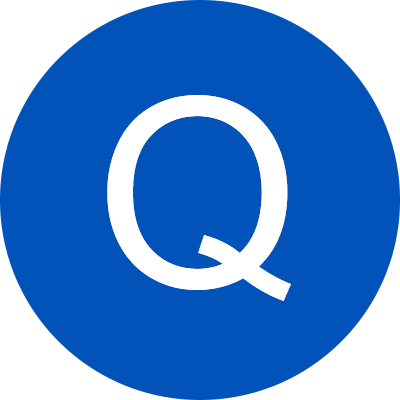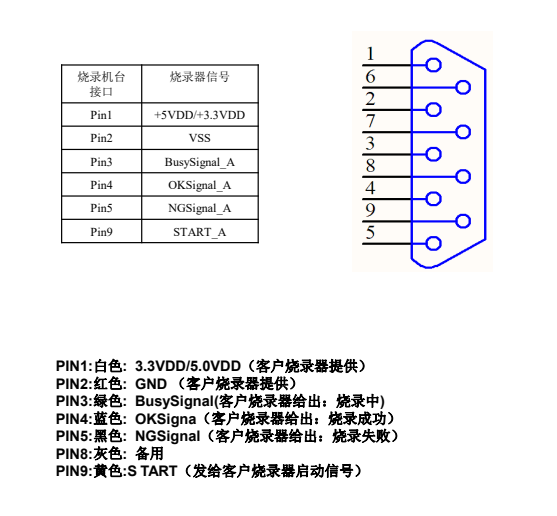FAQ

Detailed explanation of relay control circuit and PLC ladder diagram
+
1.Detailed explanation of relay control circuit and PLC ladder diagram
1. Jog circuit
Function introduction: As the name suggests, it moves when clicked and remains stationary when loosened, that is, pressing the button to start and releasing the button to stop
2. Automatic hold circuit with stop function
(1) Function Introduction
A basic form of maintaining circuit state, mainly used to maintain the state of external signals
(2) Working principle
Power on=Press the normally open button 0→ Relay coil J0 receives power→ J0 normally open main contact closed→ The motor is powered on and the J0 normally open auxiliary contact is self-locking; The motor continues to operate, as shown in Figure 2-8.
Shutdown=Press the normally closed button 1→ Relay coil J0 loses power and J0 auxiliary contact is disconnected at the same time; The motor shuts down due to power loss, as shown in Figure 2-7.
(3) Circuit applications
Below we compare the relay coil before and after being powered on:

What are the programming languages for microcontrollers?
+
Although microcontrollers are a small branch of computer technology, their role in the field of electronic products is irreplaceable. It can be said that the emergence of microcontrollers has enriched the functions of electronic products, provided a new way out for the development and application of intelligent electronic devices, and promoted the intelligent development of electronic devices. Microcontrollers can achieve various intelligent functions, all of which require programming. For beginners of microcontrollers, facing so many microcontroller languages is also vague. What are the programming languages for microcontrollers? This article will provide you with a detailed introduction.
From the development history of microcontrollers, there have been three major periods, and the programming languages of microcontrollers have undergone updates and replacements, mainly including the following four types:
(1) C language
The microcontroller C language is a compiled language with the characteristics of a compiled language. C language has rich library functions, fast computing speed, high compilation efficiency, good portability, and can directly control the system. In addition, C language programs have a complete program module structure, providing a strong guarantee for the use of modular programming methods in software development.
(2) Assembly language
Encoding language is a symbolic language that uses mnemonics to represent machine instructions. It is the closest language. Its main advantages are low resource consumption and high program execution efficiency. Because it has one instruction, each instruction is clear, stacking and adjusting are easy to control, and debugging is also convenient. However, different types of microcontrollers may have different encoding languages, so it is not easy to transplant. It is similar to the programming language of an electronic camera, which refers to a system that is better than the first generation, but programming for different storage areas has become more complex. However, as an electronic engineer, understanding compiled languages can help you understand the special rules that affect the efficiency of any language. For example, if you know how to compile language instructions, you can use RAM as a variable in a movie because external variables require several instructions to set add and data pin access. The same requirement is to use floating-point, which can only avoid programming experience, generation, and low efficiency when the function is enabled. There is no rough programming sequence for the programming language of the film machine.
(3) PL/M programming language
P/M is a high-level language with L/M language, which not only has high-level assembly of L/M language, but also directly utilizes the hardware characteristics of CPU for programming. Therefore, compared with other high-level languages, it has more functions and a wider range of applications, especially in the application field of 16 microcontrollers. But for 51 bit microcontrollers, the P/M series does not support complex arithmetic operations, floating-point variables, and rich library function support. Learning PL/M is equivalent to learning a new language, which requires more time and effort.

Discussing the Development of Single Chip Microcontrollers: SCM → MCU → SOC
+
Introduction to Single Chip Microcomputer
A single-chip microprocessor, also known as a microcontroller, is a microprocessor chip that integrates various functional components that make up a microcomputer, such as the central processing unit (CPU), data storage RAM, program storage ROM, input/output circuit I/O, timing/counting circuit TCC, interrupt control circuit INT, etc., into one chip. When applied, a single chip can form a complete microcomputer system. Most single-chip microprocessors can only process digital signals, and analog signals need to be digitized through A/D conversion before they can be processed.
MCU microcontrollers are widely used, and almost every electronic and mechanical product used in modern human life integrates microcontrollers. Mobile phones, telephones, calculators, household appliances, electronic toys, handheld computers, mice and other computer accessories are all equipped with 1-2 microcontrollers. The microcontroller was born in 1971 and has gone through three stages with the vigorous development of semiconductor technology: SCM (Single Chip Microcomputer) stage, MCU stage, and SOC stage.
1. Early stage SCM
SCM, also known as single-chip microcomputer, mainly explores the optimal architecture for single-chip embedded systems, and Intel has made significant contributions to this stage. From the birth of the first 4-bit microcontroller Intel 4004, to the first 8-bit microcontroller Intel 8008, and then to Intel's development of the MCS-48 series 8-bit microcontroller in 1976, the microcontroller was introduced.
In the early 1980s, Intel launched the MCS-51 series of high-end microcontrollers based on the MCS-48. The MCS-51 series microcontrollers have greatly improved in terms of on-chip RAM capacity, IO port functionality, and system expansion. Until now, some low-cost and low performance requirements are still widely used.

What basic knowledge is needed to learn microcontrollers
+
The basic knowledge of circuits includes the basic concepts and laws of circuits, equivalent transformations of circuits, linear circuits, sinusoidal AC circuits, mutual inductance circuits and ideal transformers, non sinusoidal periodic signal circuits, transient circuits, and general analysis methods and basic theorems; Circuit Principles is a compulsory course in the field of electronic information, which mainly focuses on analyzing electromagnetic phenomena in circuits, studying the basic laws of circuits, and analyzing methods of circuits.
In C language, the called function cannot directly modify the variables in the calling function, but only modifies its private temporary copy; You must provide a variable (pointer) to be set as the called function, which needs to declare the corresponding parameters as pointer types and can indirectly access the variable; I personally prefer C language development. Compared to assembly, its advantage is better portability. Learning 51 microcontroller and C language programming certainly requires some foundation.
Microcontrollers, also known as single-chip microcontrollers, are not chips that perform certain logical functions, but rather integrate computer systems into a single chip; Microcontrollers also have the characteristics of small size, low price, powerful functions, fast speed, wide application range, strong flexibility, and high reliability; The requirement for hands-on skills such as welding is not so strict, but it is still good to be able to build beautiful circuits.

How to distinguish whether an IC is a refurbished product?
+
Check if there are any polished marks on the surface of the chip. The surface of polished chips may have fine lines or even micro marks of previous printing, and some may have a thin layer of coating on the chip surface to cover them up

Function of PLC programmer
+
Programmers are used for user program development, editing, debugging, as well as monitoring and displaying some system parameters and internal status of PLCs. They are necessary tools for developing, maintaining, and designing PLC control systems.

What is microcontroller programming?
+
In the early days, it was common to write the debugged microcontroller program into ROM or EPROM, which was like engraving a CD. When writing under high voltage, PROM was written in one go, causing internal changes in storage.

How to connect the burner to the burner
+
When connecting the burner to the burner, ensure its normal operation and effective communication. Several key signals need to be identified and managed. These signals include:
1. OK signal: indicates that the burner is connected normally and can perform the burning task< br /> 2. NG signal: Indicates that there is a problem or malfunction with the burner connection, which needs to be investigated< br /> 3. Busysiignal signal: indicates that the burner is busy or performing a burning operation, and no other operations can be performed at this time< br /> 4. Start signal: Used to initiate the burning process, this signal is triggered when the burning is ready< br />
The normal interaction of these signals is crucial when establishing a connection between the burner and the programmer. Any abnormal signal means that it needs to be checked and resolved. Ensuring the accurate transmission of these signals is the key to ensuring the smooth progress of the burning process









